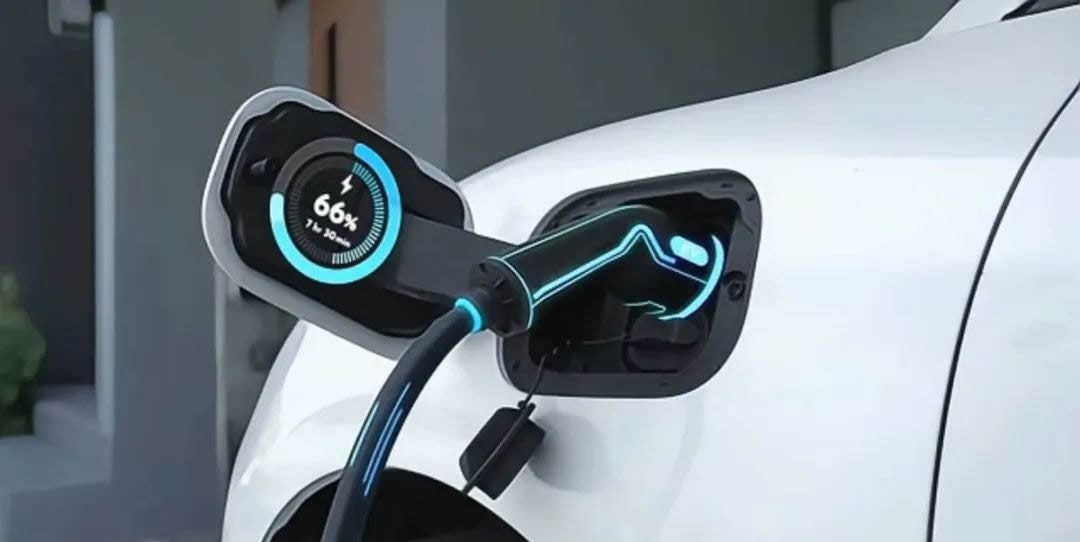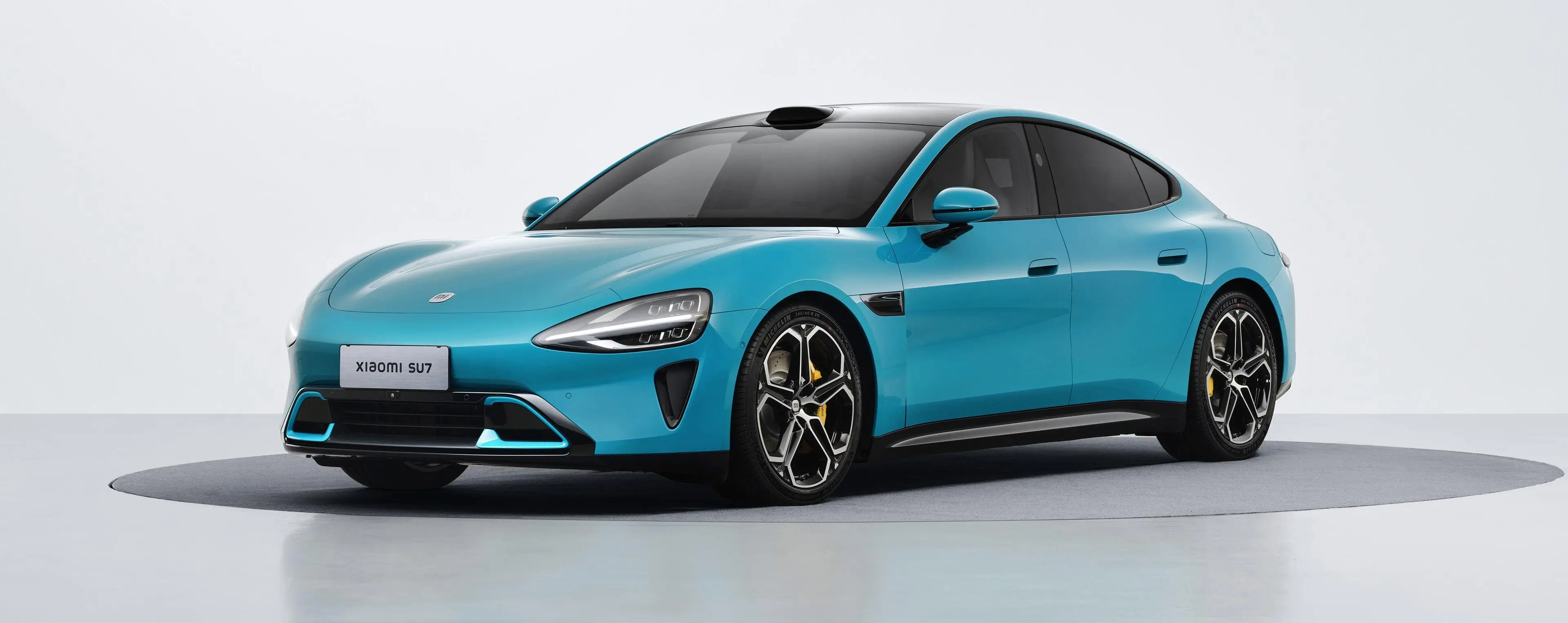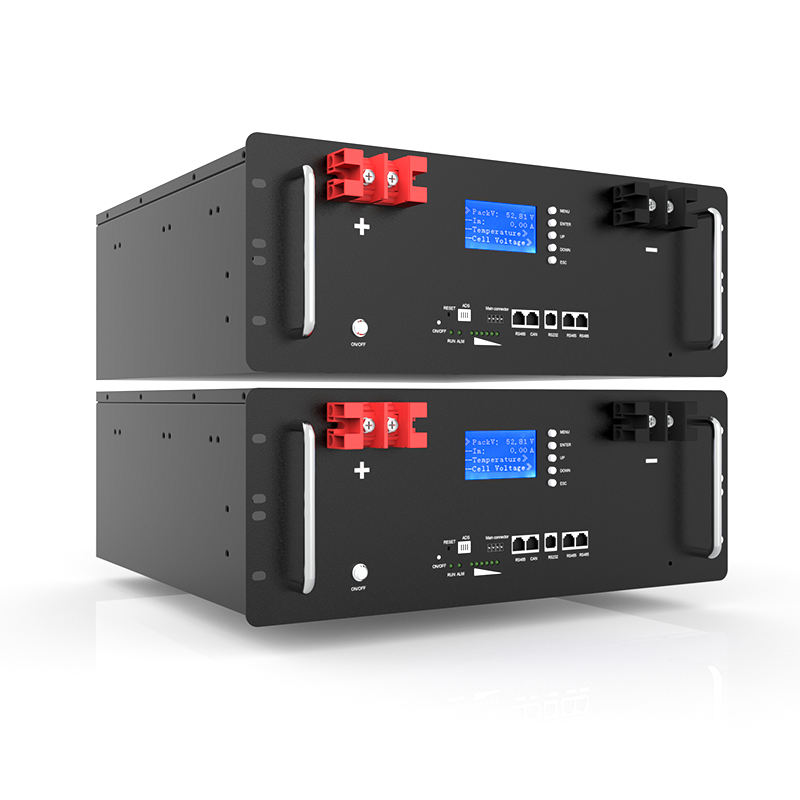On February 20, a technical launch conference was held for the new model Zunjie S800 jointly developed by Huawei and JAC.
At the press conference, Yu Chengdong conducted a direct comparison between the two models, the Zotye S800 and the Maybach S-Class, in multiple dimensions, including turning radius, starting body control, braking body control, snow climbing test, bumpy road test, etc. The Zotye S800, powered by the Tuling Longxing platform, took the lead in all aspects of the above comparison.
"The model we compared with (Maybach S-Class) is a very excellent model in the industry, and what we have achieved is even better than it," said Yu Chengdong.

Yu Chengdong revealed that the Zunjie S800 will be equipped with the new Giant Whale Battery 2.0.
It is reported that there are two versions of the giant whale battery that supports the Zunjie S800 model: extended-range version and pure electric version.
The extended-range version's 6C high-voltage extended-range battery pack has a capacity of 65kWh, and can charge the battery from 10% to 80% in just 10.5 minutes. The pure electric version's 5C pure electric battery pack has a capacity of 97kWh, and can charge the battery from 10% to 80% in just 12 minutes.
Such an amazing charging speed greatly shortens the user's charging waiting time and effectively alleviates the "range anxiety" problem of new energy vehicles.
In the future, the Zunjie S800 pure electric model will also launch a 120kWh version to further improve its endurance.
In terms of safety, the Jujing Battery 2.0 adopts a thermoelectric separation architecture and is equipped with two large liquid cooling plates. Even in extreme cases where the battery pack suffers thermal runaway, high-temperature smoke can be discharged downward to maximize the safety of the cabin occupants.

According to the announcement released by the Ministry of Industry and Information Technology, the battery cells of the extended-range and pure electric models declared by Zunjie S800 are all provided by Jiangsu Times New Energy Technology Co., Ltd., which is a wholly-owned subsidiary of CATL established in Jiangsu.
This means that CATL's 6C super-charged power batteries have officially begun to be installed in vehicles, marking that the cooperation between Huawei and CATL has entered a substantive stage.
In fact, 6C supercharging technology has long become a new focus of competition between car companies and battery companies.
The core competitiveness of CATL's 6C ultra-fast charging battery comes from material innovation and structural optimization. It adopts "super electron net positive electrode" and "graphite fast ion ring" technology, reduces battery internal resistance, improves lithium ion transmission efficiency, and combines with a quasi-900V high-voltage platform to achieve a charging power of up to 600kW, 350 kilometers of range in 10 minutes, and more than 200 kilometers of range in 5 minutes. 157
In addition, the application of high compaction density lithium iron phosphate positive electrode material (compaction density above 2.6g/cm³) takes into account both energy density (205Wh/kg) and fast charging performance, becoming a key support for the implementation of the technology.

In September last year, CATL and SAIC-GM entered into in-depth cooperation, and the 6C battery will be first installed on the latter's upgraded Autoneng 900V platform. It is also planned to launch 12 new energy vehicle models from 2025 to 2027, covering pure electric, plug-in hybrid and extended-range technology routes.
The two parties also jointly promoted the vehicle-battery separation model, with CATL responsible for the supply of standardized battery swap batteries, building a closed loop of "battery-battery swap station-service" to further reduce users' anxiety about energy replenishment.
In addition, CATL's Shenxing series batteries have been favored by many automakers, and its technology licensing model (such as LRS) has also accelerated its penetration into overseas markets.

The implementation of 6C supercharging technology will drive a surge in demand for high-voltage dense lithium iron phosphate materials.
It is predicted that the market size of this material may reach 800,000 tons in 2025, accounting for nearly one-fifth of the total production capacity of lithium iron phosphate. Leading suppliers such as Fulin Precision and Hunan Yuneng have benefited first, with product premiums exceeding 3,000 yuan/ton. CATL has further consolidated its technological barriers by virtue of its scale advantage of ranking first in the global market share for eight consecutive years (37.9% market share in 2024). Its cumulative R&D investment of 66.2 billion yuan and nearly 40,000 patents have formed a moat throughout its life cycle.
In addition to CATL, many battery companies including BYD (Fudi Battery), EVE Energy, Xinwoda, Farasis Energy, Lishen Battery, Sinotruk, Honeycomb Energy, and Juwan Technology have also deployed 6C super-chargeable batteries. If you have any questions or needs, please feel free to contact us at info@ptpbattery.com.
Related News
- 200Ah battery
- Can ternary lithium battery and lithium-ion battery chargers be used interchangeably?
- Two-wheeled electric vehicles 100 km mileage secret: 48V, 60V, 72V with the battery size?
- Key Advantages of Sodium Batteries in Automotive Starting Systems
- What is the difference between a prismatic and cylindrical lithium battery?
- The benefits of battery management systems
- Application of lithium-ion battery packs in household and commercial energy storage
- How long is the real life of lithium iron phosphate battery ?
- What are 48V lithium batteries for?
- Detailed explanation of the working principle of energy storage battery system!







